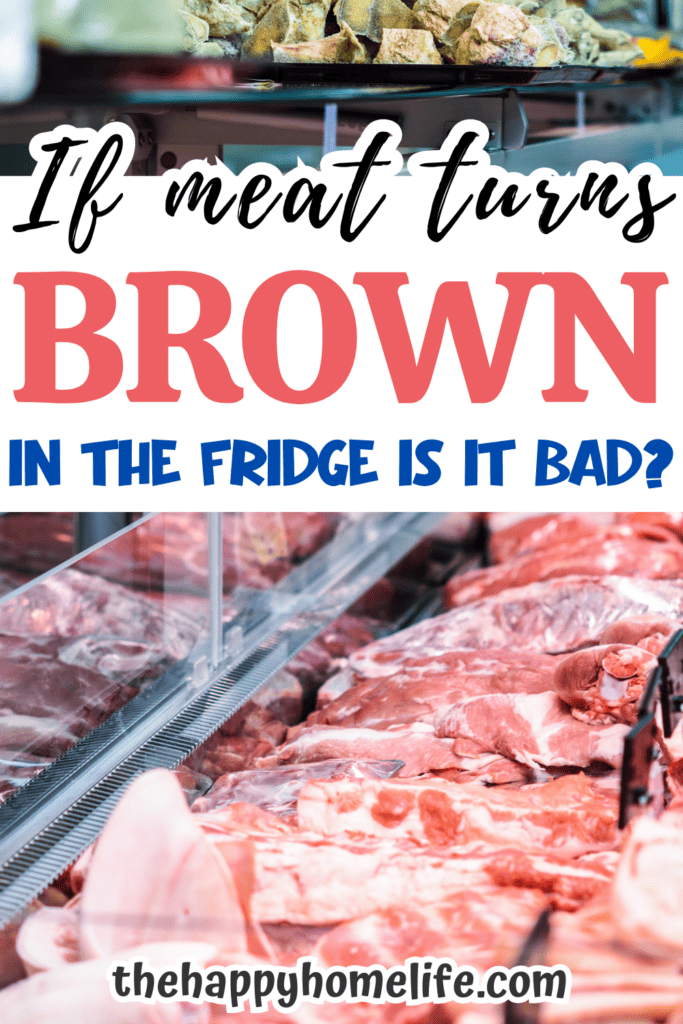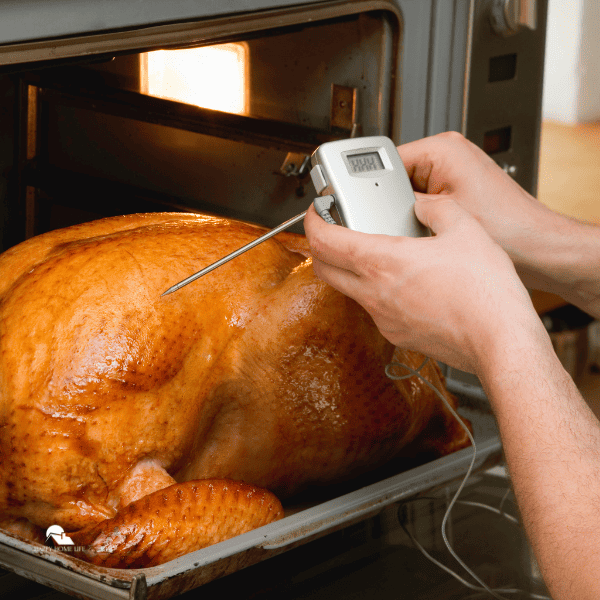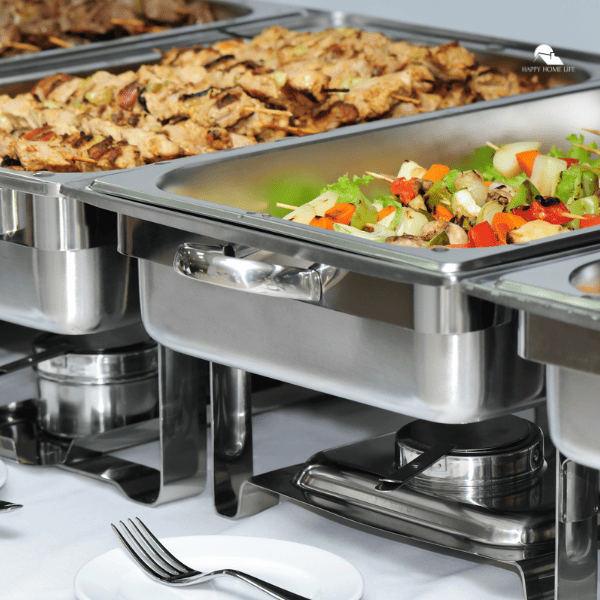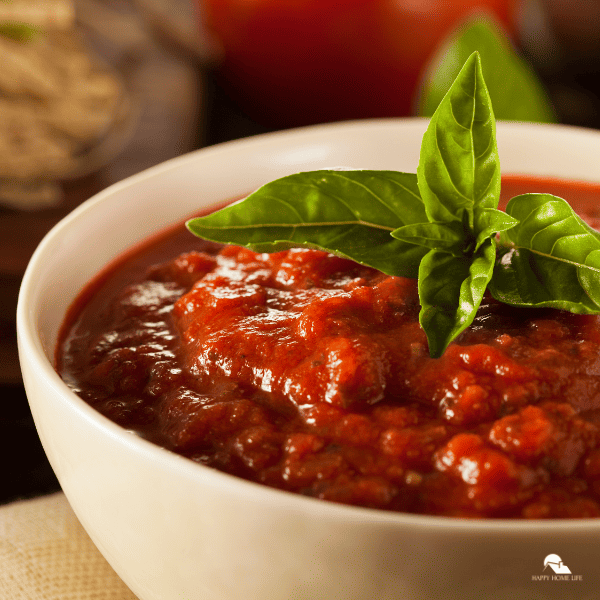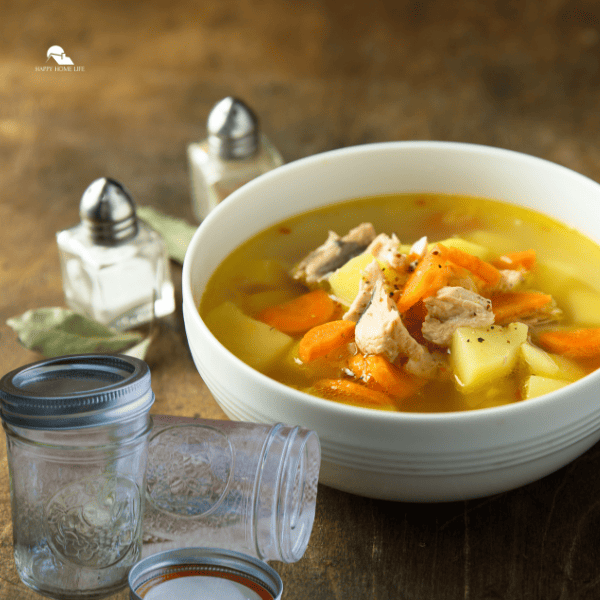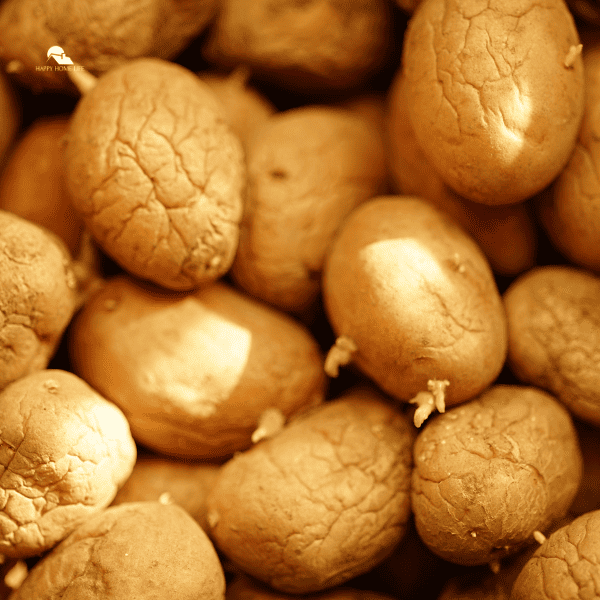Have you ever opened your fridge, pulled out that pack of meat, and noticed it turned brown? Now, if meat turns brown in the fridge is it bad? Don’t worry! We’re about to explore the world of meat colors and figure out why it sometimes turns a strange brown color.
If Meat Turns Brown In The Fridge Is It Bad?
Before we go into details, let’s learn why meat changes color. Usually, fresh meat looks red because of a protein called myoglobin. When meat meets oxygen, myoglobin reacts and makes the meat turn red. But as time passes, different things can affect its color, making it turn brown, which we often see.
You might enjoy these posts:
- Can Frosting Go Bad: Shelf Life and Spoilage Signs
- How to Tell if Ground Beef is Bad: Signs to Watch For
- 5 Signs Your Eggplant Has Gone Bad: How to Tell if It’s Rotten
Oxygen plays a significant role in the color changes of meat. When you expose meat to the air, especially if it’s not properly sealed or stored, oxygen interacts with myoglobin and causes it to oxidize. This process gradually turns the bright red color to brown. It’s like nature’s way of reminding us that nothing lasts forever, even the vibrant color of fresh meat.
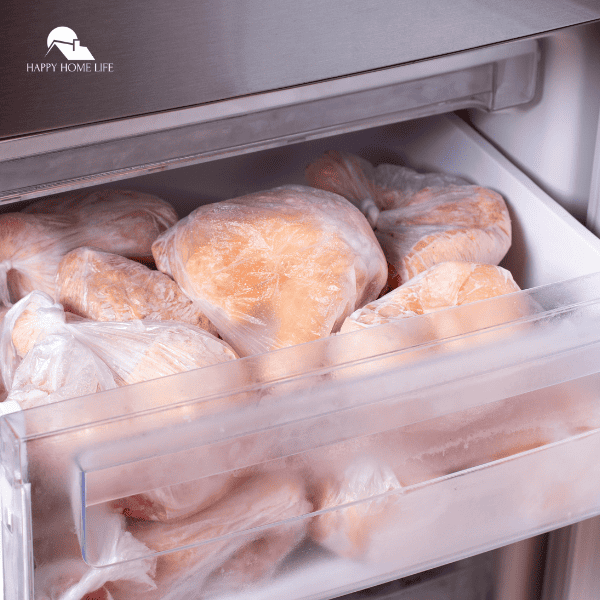
Let’s learn the world of meat colors and try to solve the mystery of why your meat isn’t as red as it used to be in the fridge.
What color is meat when it goes bad?
Instead of the usual red or pink hues, spoiled meat can take on a grayish or brownish tint. Additionally, a shift towards a more dull and faded appearance is common. Beyond just visual changes, spoiled meat may emit a foul or unpleasant odor, signaling bacterial or microbial growth. The texture can also become slimy or excessively sticky.
How can you tell if refrigerated meat is bad?
Determining whether refrigerated meat is still good to eat involves keen observation of its color, smell, and texture. These key indicators can help you make informed decisions about the safety of the meat in your fridge.
Color
Fresh meat typically exhibits vibrant red or pink hues, thanks to the presence of myoglobin, a protein responsible for its color. If you notice a significant change in color, such as a shift to brown or gray tones, it could be a sign of oxidation and spoilage.
Oxidation occurs when meat is exposed to air for an extended period, leading to changes in color. Trust your eyes – if the color seems off, it’s worth investigating further.
Smell
A distinctive, unpleasant odor emanating from the meat is a strong indication that it has gone bad. Spoiled meat often emits a sour, rancid, or generally foul smell due to the growth of bacteria or other microorganisms if the scent is off-putting or different from the usual fresh meat smell, exercise caution.
Texture
Fresh meat should have a firm and slightly moist feel. If you notice a slimy or excessively sticky texture, it’s a warning sign. The development of a slimy coating often indicates bacterial growth and spoilage. Run your fingers over the surface of the meat – if it feels slippery or slimy, it’s best to err on the side of caution.
Expiration date
Additionally, always check the expiration date on the packaging. Respect these guidelines to ensure you consume the meat within the recommended timeframe. Proper storage practices, such as keeping meat refrigerated at the appropriate temperature and using airtight packaging, can also contribute to maintaining its freshness.
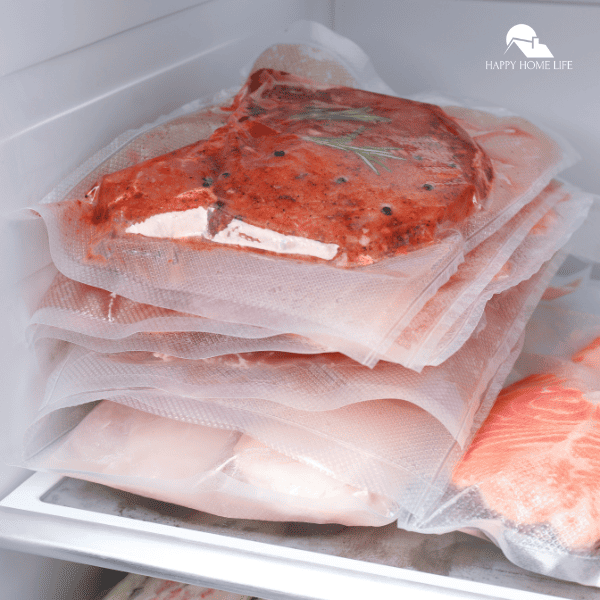
How long is meat OK in the fridge?
Generally, raw poultry and ground meat should be consumed or frozen within 1-2 days, while whole cuts of beef, pork, lamb, and veal can last a bit longer, around 3-5 days. Deli meats, if opened, should be eaten or frozen within 3-5 days. It’s crucial to follow the expiration dates on the packaging and prioritize the “first in, first out” method when organizing your fridge.
How should meat be stored in a fridge?
Storing meat in the fridge properly is essential to keep it fresh and safe for consumption. Here’s a simple step-by-step guide:
Check the Temperature
Ensure your refrigerator is set at 40°F (4°C) or below. A lower temperature helps slow down bacterial growth and maintains the freshness of the meat.
Use Sealed Packaging
Keep meat in its original packaging or use airtight containers to prevent exposure to air. Oxygen can speed up the oxidation process, causing the meat to change color and potentially spoil more quickly.
Separate and Organize
Store raw meat on the bottom shelf to prevent any drips or cross-contamination. Keep it separate from ready-to-eat items to avoid the transfer of harmful bacteria.
Follow the FIFO Rule
FIFO stands for “First In, First Out.” Place newer meat purchases at the back of the fridge, moving older items to the front. This ensures you use the older meat first and minimizes waste.
Utilize the Meat Drawer
Many refrigerators come with a designated meat drawer. Use this section for storing raw meat as it helps maintain a consistent and colder temperature.
Wrap It Up
If you’re storing meat for an extended period, consider double-wrapping it in plastic or aluminum foil before placing it in the fridge or freezer. This extra layer helps prevent freezer burn and protects against air exposure.
Label and Date
If you’re repackaging meat or using containers, label them with the type of meat and the date of purchase or freezing. This practice ensures you can easily identify and use the oldest items first.
Thaw Safely
If you’re freezing meat for later use, plan ahead for thawing. Thaw in the refrigerator rather than at room temperature to avoid bacterial growth. Allow enough time for safe thawing – about 24 hours for every 5 pounds of meat.
By following these simple steps, you can maintain the quality and safety of your meat, ensuring that it stays fresh and delicious until you’re ready to enjoy it.
